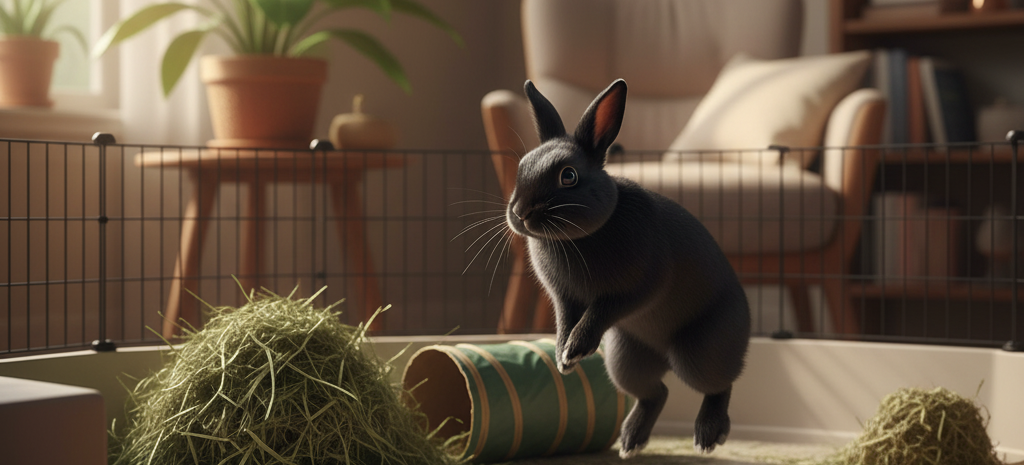Rabbits, belonging to the family Leporidae, are small mammals that enchant with their soft fur, twitching noses, and gentle demeanor. As one of the most popular pets in the animals and pets category, domestic rabbits (Oryctolagus cuniculus) have been cherished since their domestication in medieval Europe, evolving from wild European rabbits. With breeds ranging from the tiny Netherland Dwarf to the robust Flemish Giant, rabbits offer a unique blend of charm, intelligence, and ecological significance, making them beloved companions and subjects of conservation efforts.

Evolutionary Adaptations and Physical Traits
Rabbits evolved around 40 million years ago, developing traits for survival in diverse habitats, from forests to grasslands. Their powerful hind legs enable leaps up to 1 meter high and speeds of 60 km/h to evade predators. Large, expressive eyes provide near-360-degree vision, while sensitive ears detect faint sounds. Their continuously growing teeth, suited for grazing on tough plants, require constant chewing to prevent overgrowth—a key consideration for pet owners.
Cognitively, rabbits are surprisingly astute, capable of recognizing patterns and learning simple commands, as shown in studies by the University of Helsinki. Breeds like the Holland Lop display distinct personalities, from playful to reserved, endearing them to owners. Their delicate digestive systems, reliant on high-fiber diets like hay, underscore the need for informed care to prevent issues like gastrointestinal stasis.
Social Behaviors and Pet Dynamics
In the wild, rabbits live in complex warrens with hierarchical social structures, communicating through thumps, nudges, and subtle vocalizations like purring or grunting. As pets, they bond deeply with owners, often seeking affection through nuzzling or following them around. Breeds like the Lionhead thrive in pairs, as rabbits are social creatures, but require careful introductions to avoid territorial disputes.
Training involves positive reinforcement, such as treats for using litter boxes, as rabbits are naturally clean and can be house-trained. Their playful antics—binkying (joyful jumps) or tossing toys—delight owners but demand spacious enclosures and enrichment to prevent boredom. Ethical pet care, per RSPCA guidelines, includes neutering to reduce aggression and health risks, with millions of abandoned rabbits highlighting the need for responsible ownership.

Welfare Challenges and Human Connections
Domestic rabbits face no extinction risk, but welfare concerns abound. Overbreeding for pet stores often leads to health issues, like dental problems in dwarf breeds. Abandoned rabbits struggle in the wild, as domestication dulls survival instincts, prompting rescue efforts by groups like the House Rabbit Society. As pets, rabbits need large habitats—cages are often inadequate—along with daily exercise, fresh vegetables, and unlimited hay.
Human-rabbit bonds are emotionally rich, with therapy rabbits used in settings like nursing homes for their calming presence. Culturally, rabbits symbolize fertility and renewal, from Easter traditions to folklore like the Chinese zodiac’s Rabbit. Responsible ownership avoids practices like outdoor hutches in extreme climates, favoring indoor setups with safe chew toys.
Rabbits in Culture and Research
Rabbits shine in culture, from literary icons like Peter Rabbit to modern media like Zootopia’s Judy Hopps. Research into their social behaviors, using AI to analyze vocalizations, informs better pet care and even urban wildlife management, as feral rabbits impact ecosystems. For pet enthusiasts, adopting from shelters or supporting organizations like Rabbit Welfare Association fosters ethical engagement, celebrating these gentle creatures as both companions and ecological players.
Rabbits, with their blend of fragility and resilience, remind us of the joy of nurturing life and the responsibility to protect their welfare, whether as pets or wild kin.
